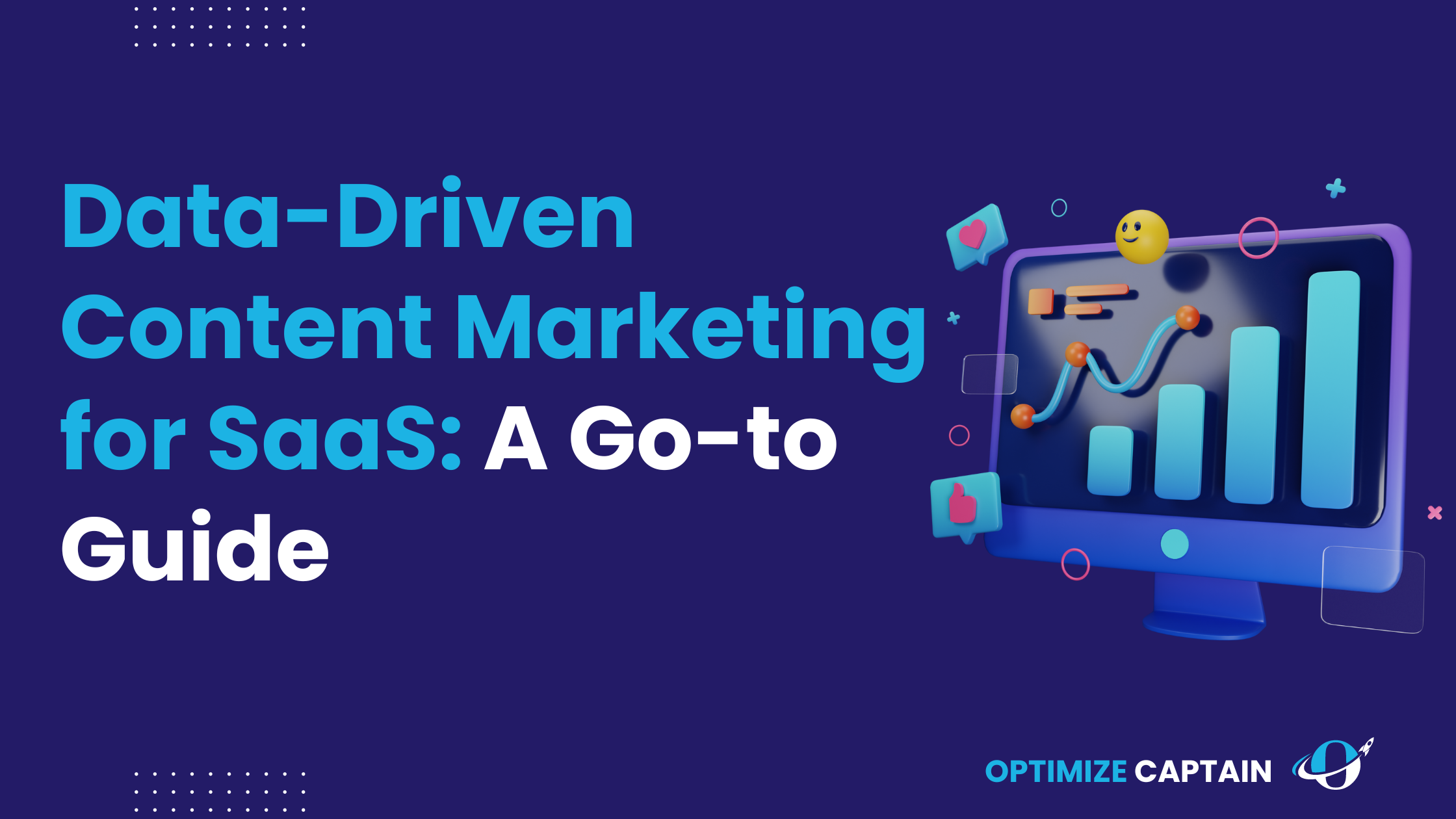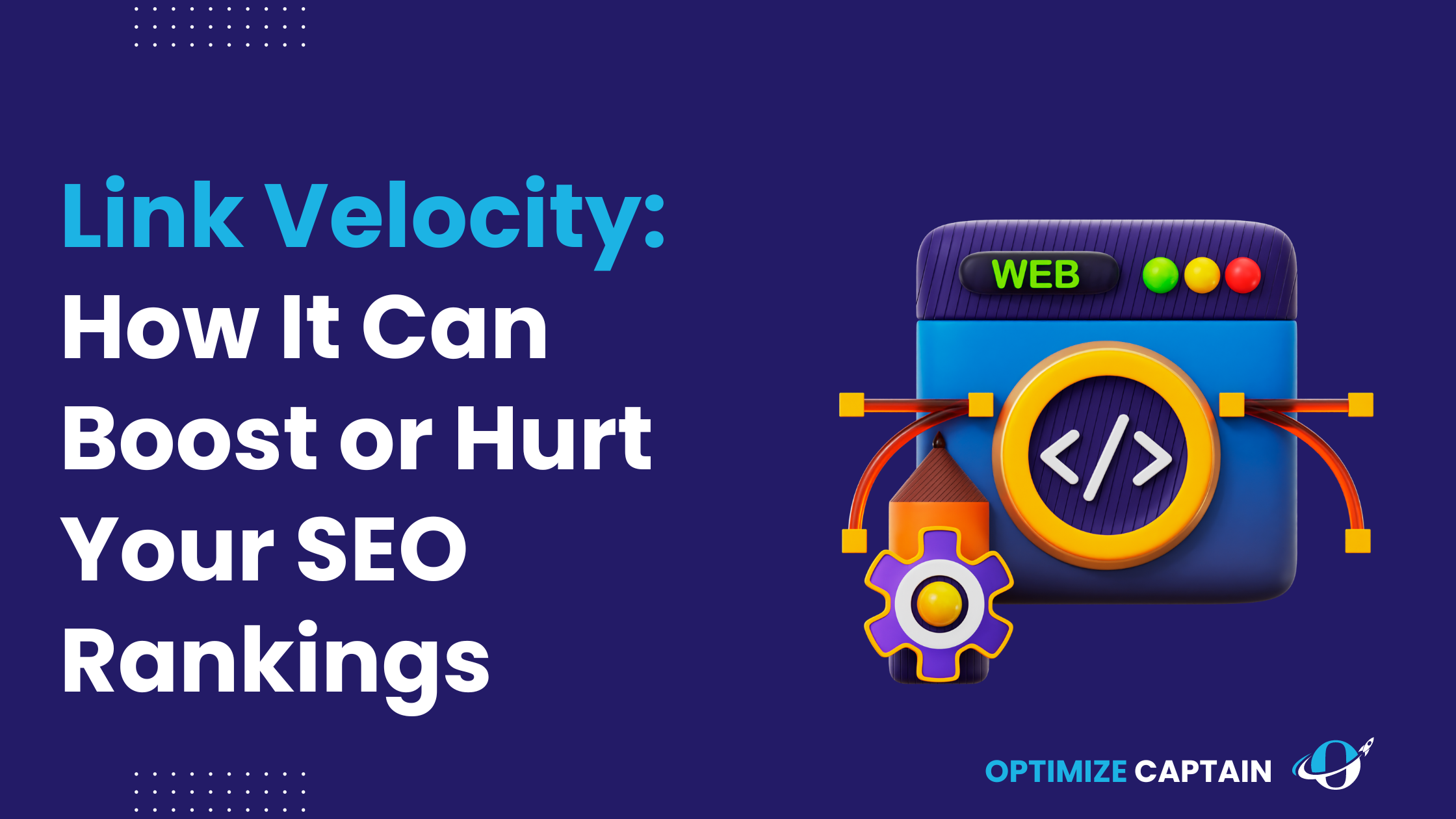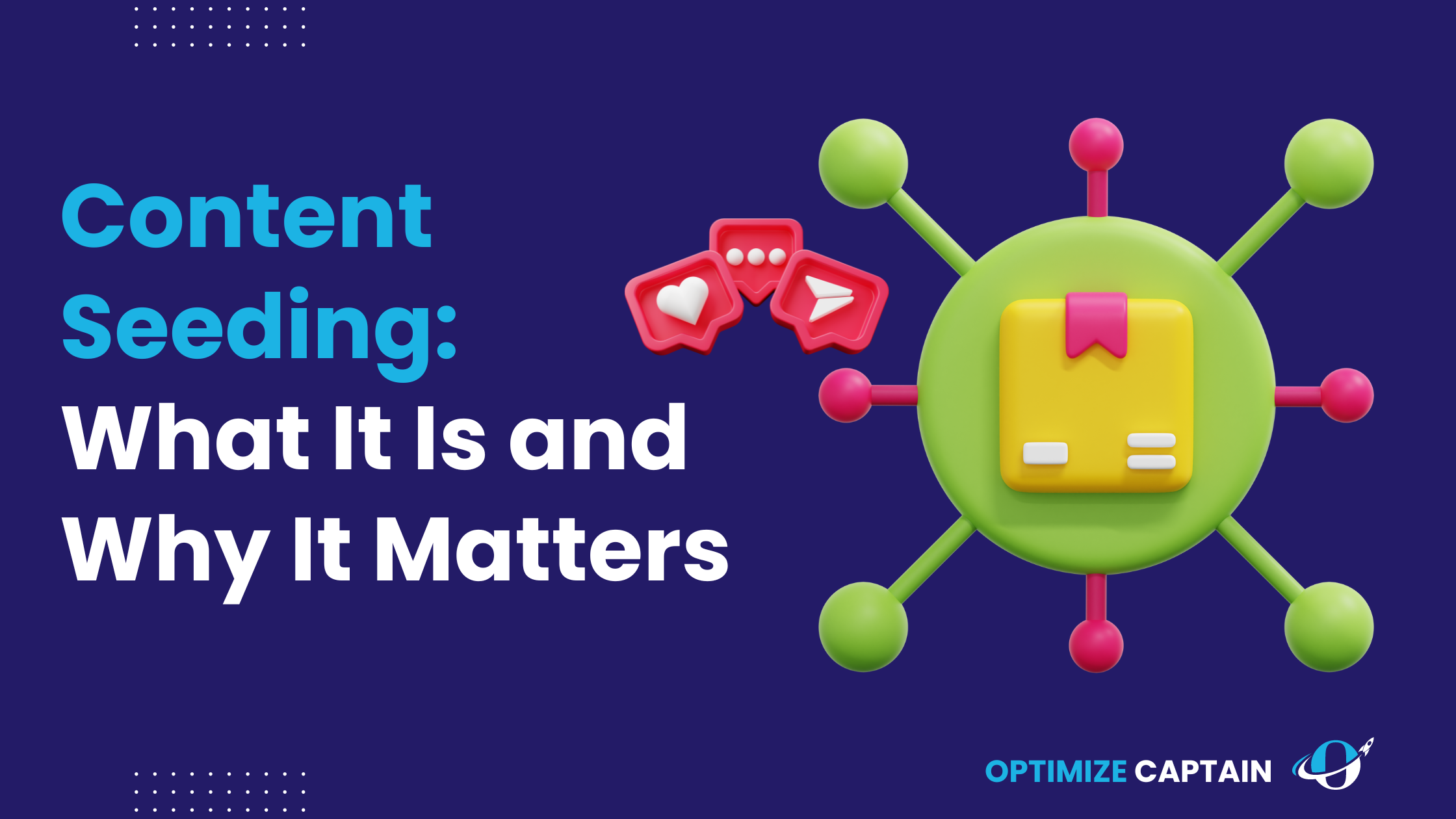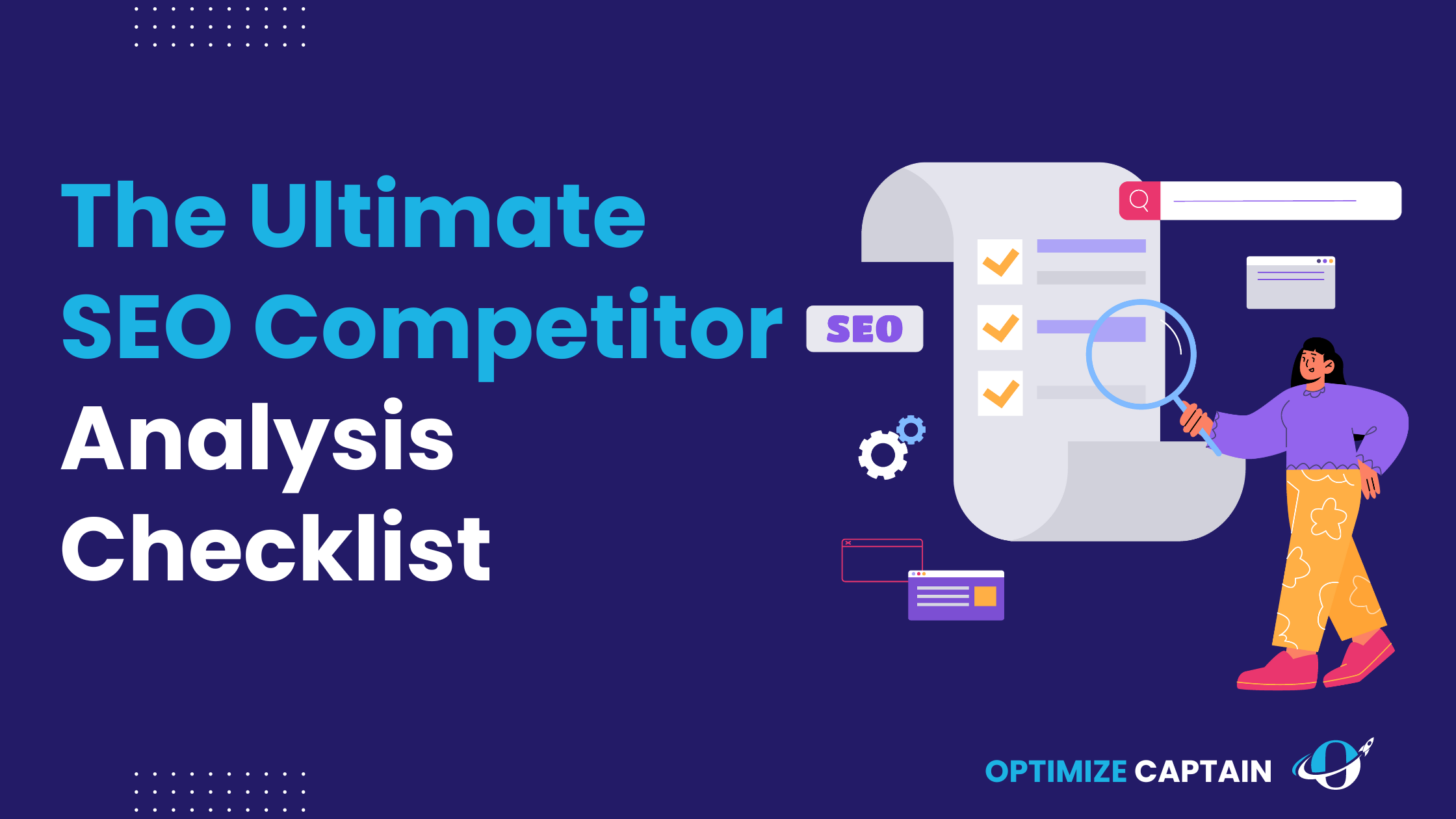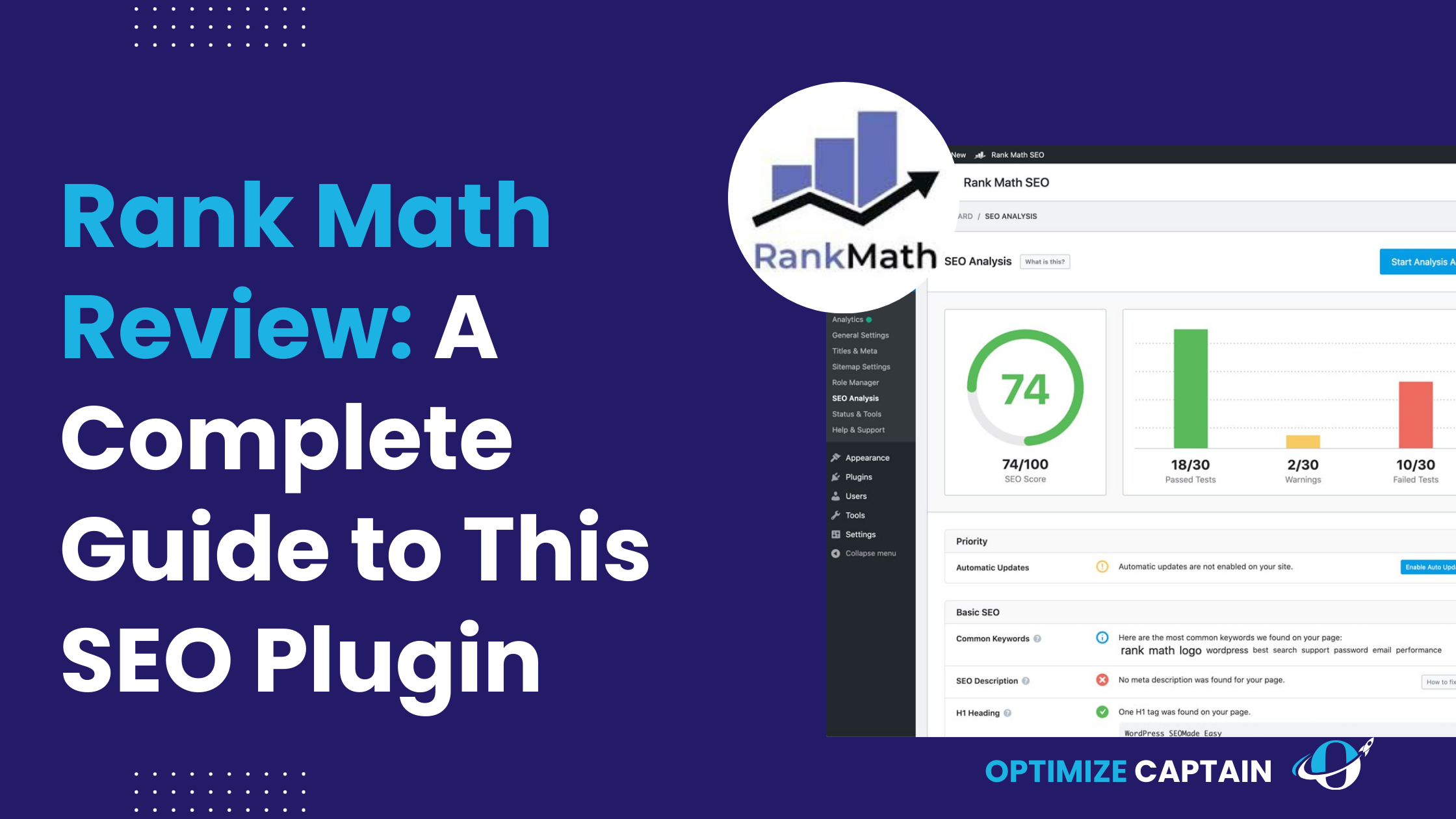Imagine a scenario where you create content after weeks of planning, only for it to fall flat, with little traffic or engagement. Frustrating, right? Now, picture another scenario where every piece of content you produce is backed by solid data, aligning perfectly with your audience’s needs, bringing in steady traffic, high-quality leads, and even driving conversions. That’s the power of data-driven content marketing—and for SaaS companies, it’s not just beneficial; it’s crucial.
Data-driven content marketing allows SaaS companies to move away from guesswork and adopt a strategic, intentional approach to content creation. This ensures that every blog post, landing page, video, or social media update aligns with your audience’s precise interests and needs. This guide explores everything you need about data-driven content marketing for SaaS, including strategies, tools, and a case study demonstrating its real-world impact.
What is Data-Driven Content Marketing?
Let’s start with the basics. Data-driven content marketing means making decisions based on actual data rather than intuition or trends. It uses analytics, customer data, keyword research, and competitive analysis to guide your content creation process. This approach can improve content performance, streamline workflows, and increase ROI.
For SaaS companies, where content plays a significant role in educating potential customers and driving inbound leads, using data is not just helpful—it’s critical. Understanding which topics and formats work best allows you to create content that resonates deeply with your audience and drives them toward conversions.
The Key Components of Data-Driven Content Marketing:
- Audience Analysis: Understanding your audience is the cornerstone of any effective marketing strategy. Audience insights reveal your potential customers, what they’re looking for, and how they consume content.
- Keyword Research: Identifying relevant keywords ensures that your content gets discovered by the right audience. A strong SEO foundation increases your chances of ranking higher in search engines.
- Performance Metrics: Regularly reviewing metrics such as traffic, bounce rates, engagement, and conversions allows you to tweak and optimize your content to drive better results.
- A/B Testing: Testing different content formats, headlines, CTAs, and distribution channels helps you understand what works best for your audience and refine your content marketing strategy accordingly.
Benefits of Data-Driven Content Marketing for SaaS
You might wonder why data-driven content marketing is crucial for SaaS companies. Let’s break down the main benefits:
1. Increased Targeting Precision
When you rely on data to guide your content marketing efforts, you avoid a one-size-fits-all approach. Instead, you create content that speaks directly to your target audience’s pain points and needs. Creating tailored content can make a significant impact for SaaS companies, where decision-makers are often looking for solutions to specific problems.
For example, through data analysis, you may discover that a large segment of your audience needs help with project management efficiency. Armed with this knowledge, you can create targeted content—such as blog posts, whitepapers, or videos—focused on optimizing project management workflows with your SaaS solution.
2. Higher Content Performance
Data-driven marketing allows you to track which pieces of content perform well and why. By examining metrics such as time spent on a page, social shares, or conversion rates, you can identify what resonates with your audience and what doesn’t. This feedback loop allows you to improve your content strategy continuously, ensuring every piece of content delivers value to your audience.
In fact, according to a report by the Content Marketing Institute, companies using data-driven strategies are 6x more likely to achieve higher ROI from their content efforts. This clearly shows how content aligned with real-world insights can outperform generic content.
3. Improved Lead Generation and Conversions
When content is tailored to the specific needs and interests of your audience, it’s more likely to drive engagement and lead to conversions. For SaaS companies, data-driven content can more seamlessly and effectively guide potential customers through the buyer’s journey, from awareness to decision-making.
For instance, you might discover through analyzing data that case studies or product comparisons perform well at the decision-making stage. With this knowledge, you can create additional content focused on these formats, boosting your chances of converting leads into customers.
How to Build a Data-Driven Content Strategy for SaaS
Let’s explore the details of building a data-driven content marketing strategy for your SaaS business. The process might seem complex at first, but once it’s broken down, it’s entirely manageable and immensely rewarding.
1. Set Clear Objectives
Before diving into data, the first step is to establish clear, measurable objectives. What do you want to achieve with your content? For SaaS companies, common goals might include:
- Increasing website traffic
- Generating high-quality leads
- Improving customer retention
- Reducing churn rates
Clear goals allow you to measure success accurately and determine whether your content strategy delivers the desired outcomes.
2. Conduct Audience Analysis
Audience analysis is the foundation of any successful saas content marketing strategy. Use tools like Google Analytics, Hotjar, or HubSpot to gather insights into your audience’s demographics, behaviours, and preferences.
- Demographics: Age, location, gender, and industry
- Behavioural data: Time spent on your site, pages visited, and actions taken
- Psychographics: Pain points, needs, and challenges
This data allows you to create detailed personas to guide your content creation process and ensure your content speaks directly to the right people.
Pro tip: Don’t rely solely on surface-level data. Dive deeper into customer feedback, reviews, and social media interactions to better understand your audience’s preferences and behaviours.
3. Thorough Keyword Research
Effective keyword research is critical to ensuring your content is discoverable by the right audience. Use tools like SEMrush, Ahrefs, or Moz to identify the most relevant keywords for your SaaS business. Focus on long-tail keywords that align with user intent, often leading to higher conversions.
For example, instead of targeting a broad term like “CRM software,” aim for more specific queries like “best CRM software for small businesses.” These types of keywords often indicate a stronger purchase intent.
4. Create Content Based on Data Insights
Once you have audience insights and keyword data, it’s time to create your content. But instead of creating content based on assumptions, let data guide you.
- Choose the right formats: If your audience engages more with videos or infographics, focus on creating more.
- Use high-value keywords naturally: Incorporate your target keywords into your content, but ensure they fit naturally into the text.
- Focus on user intent: Each piece of content should have a clear purpose, whether it’s to educate, engage, or convert.
5. Test, Measure, and Optimize
Data-driven content marketing is more than just a one-and-done effort. It requires ongoing testing, measurement, and optimization. Use A/B testing to experiment with different content formats, headlines, CTAs, and distribution channels.
For example, if blog posts with “how-to” titles generate more clicks than others, focus on producing more educational content with practical value. Regularly review performance metrics such as bounce rates, page views, and conversions to see what’s working and what’s not.
Case Study: How Buffer Generated 100 Links in 14 Days through Data-Driven Content
Want to know the best part? Buffer, a SaaS company providing social media management tools, successfully generated 100 backlinks in 14 days. But how did they do it? It all started with a data-driven approach.
Buffer’s Data-Driven Strategy for Link Building
Buffer didn’t rely on guesswork to secure backlinks. They used performance data to identify which of their blog posts were already performing well and had the potential to attract links. They focused their outreach on promoting content with proven value by analyzing metrics such as page views, social shares, and existing backlinks.
Personalized Outreach to Build Relationships
Here’s the kicker: Buffer didn’t send mass, impersonal emails asking for links. Instead, they focused on personalized outreach, targeting bloggers, influencers, and publications who would genuinely find their content valuable. Their emails didn’t just request a backlink; they emphasized how Buffer’s content could provide value to the recipient’s audience.
Results: 100 High-Quality Links in 14 Days
Buffer secured 100 backlinks from authoritative websites in just two weeks, improving their search rankings and driving more organic traffic. These backlinks didn’t just boost SEO; they also increased brand visibility and established Buffer as a trusted source in social media management.
Key Takeaway: By using a data-driven approach to content promotion and focusing on personalized outreach, Buffer achieved impressive results in a short period. This shows that quality link-building doesn’t require mass outreach but smart, data-backed strategies.
Overcoming Common Challenges in Data-Driven Content Marketing
Even with all the benefits, implementing a data-driven content strategy has a few challenges. Let’s look at how to overcome these challenges.
1. Data Overload
It’s easy to get overwhelmed by the vast amounts of data available. To avoid analysis paralysis, focus on the metrics that matter most for your SaaS business. These might include:
- Customer acquisition cost (CAC)
- Lifetime value (LTV)
- Conversion rates
- Engagement metrics like time on page or social shares
Start by focusing on key metrics, then expand your analysis as you become more comfortable with the data.
2. Data Integration Across Platforms
One of the challenges that many SaaS companies face is gathering and analyzing data from different platforms—Google Analytics, CRM systems, social media channels, and email marketing tools. When data is scattered across multiple platforms, getting a comprehensive view of how your content is performing becomes harder.
Solution: Use tools like HubSpot, Segment, or Databox to integrate your data into a centralized platform. These tools allow you to collect all your data in one place, making it easier to track key performance indicators (KPIs) and adjust your content marketing strategy based on comprehensive insights.
Best Tools for Data-Driven Content Marketing in SaaS
You need the right tools to execute a data-driven content marketing strategy effectively. Below are some of the best tools to help SaaS companies gather and analyze data, optimize content, and track performance.
1. Google Analytics
Google Analytics is essential for understanding user behaviour on your website. It provides data on traffic sources, page views, time on the page, bounce rates, and more. You can use these insights to determine which content formats are performing well and which need improvement.
2. Ahrefs
Ahrefs is a powerful SEO tool that helps you conduct keyword research, analyze backlinks, and track your website’s performance in search results. It also allows you to spy on competitors, giving you insights into the keywords and strategies that work for them.
3. SEMrush
SEMrush offers a comprehensive suite of SEO tools, including keyword research, site auditing, and competitive analysis. It’s great for tracking your content’s performance in search engines and identifying opportunities to improve rankings.
4. Hotjar
Hotjar provides heatmaps and session recordings that show how visitors interact with your website. This can help you identify problem areas on your site and optimize user experience, ensuring your content is easy to navigate and engage with.
5. HubSpot CRM
HubSpot’s CRM is invaluable for tracking user interactions and managing marketing campaigns. It allows you to collect customer data, segment your audience, and personalize your content, ensuring it resonates with each individual.
6. Moz
Moz is another great tool for SEO and keyword research. It helps you track keyword rankings, find link-building opportunities, and audit your site to ensure it’s optimized for search engines.
Conclusion
Data-driven content marketing is no longer just a trend—it’s necessary for SaaS companies looking to stand out in an increasingly crowded market. By setting clear objectives, analyzing audience data, conducting thorough keyword research, and continuously optimizing content based on real-world performance, SaaS businesses can create content that engages their audience and drives conversions and growth.
Remember, it’s not about creating more content—it’s about creating better content, informed by data, that resonates with your audience and delivers results. With the right tools, a solid strategy, and a commitment to continuous improvement, you can build a content marketing strategy that boosts your brand and bottom line.
FAQ’s
1. What is data-driven content marketing?
It involves using data and insights to guide the creation, optimization, and distribution of content. It ensures that the content resonates with your target audience and drives measurable results.
2. Why is data-driven content marketing important for SaaS companies?
For SaaS companies, content plays a crucial role in educating potential customers, generating leads, and nurturing them through the sales funnel. A data-driven approach ensures that your content is aligned with user needs, increasing its effectiveness.
3. What are the best tools for data-driven content marketing?
Some of the best tools for data-driven content marketing include Google Analytics, Ahrefs, SEMrush, HubSpot CRM, and Hotjar.
4. How can I start implementing a data-driven content strategy for my SaaS company?
Start by setting clear objectives, conducting audience analysis, and performing keyword research. Use data from your tools to create and optimize content, and continuously monitor its performance to refine your strategy.

